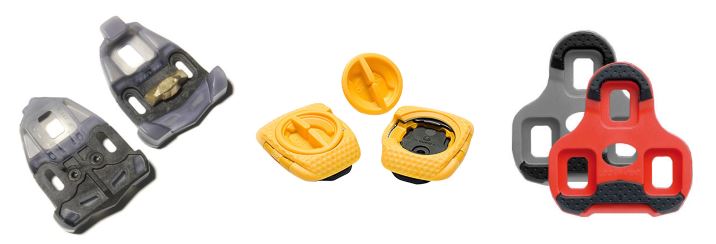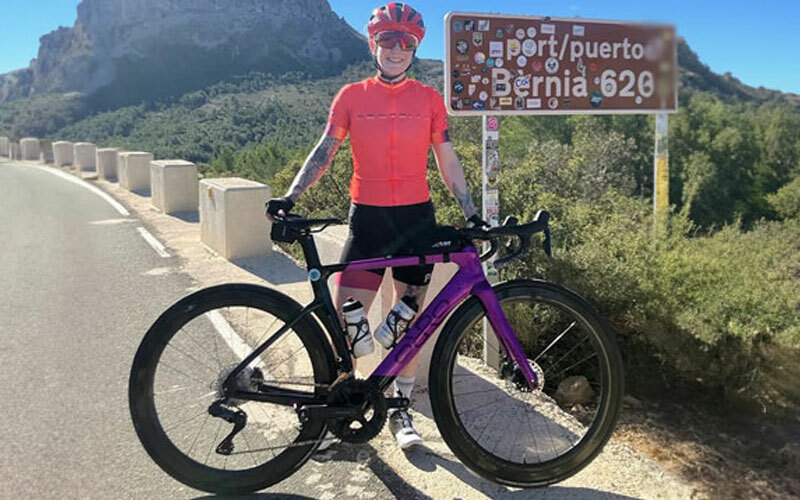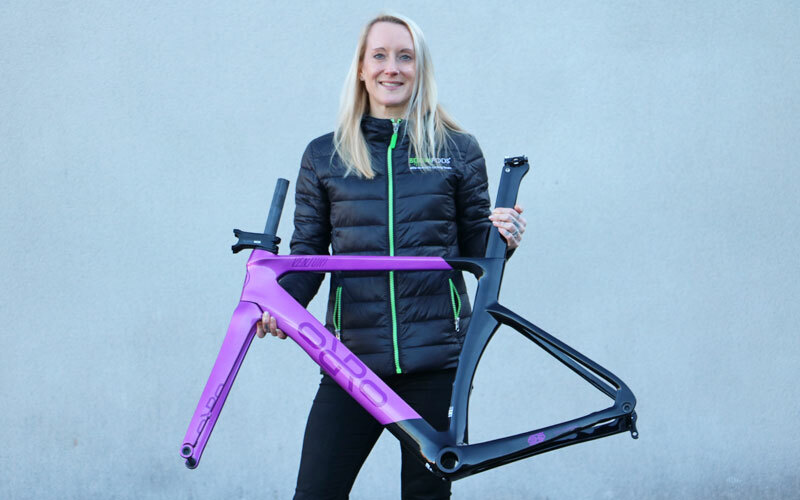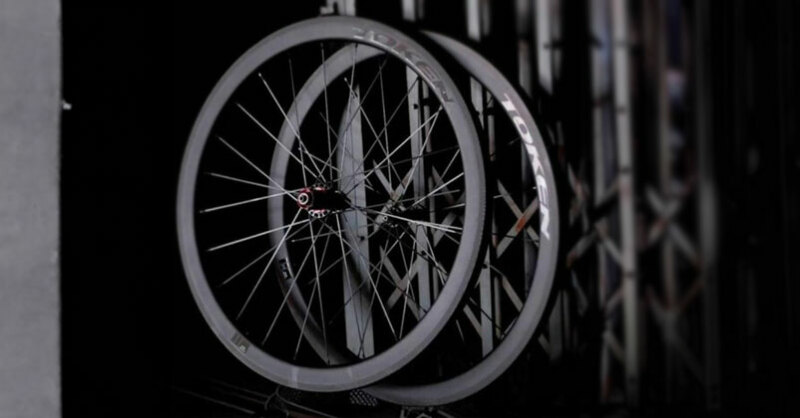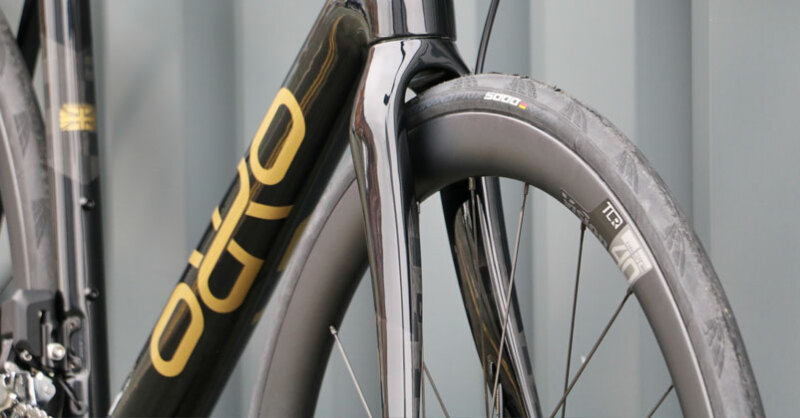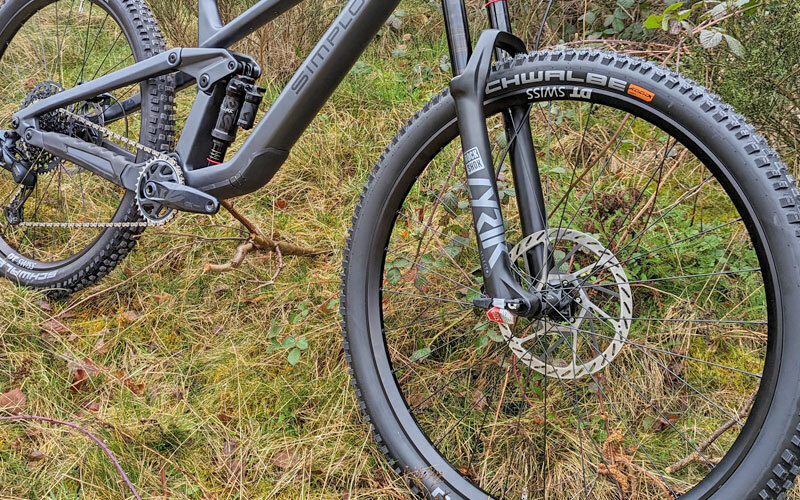Pedals Guide
All pedals are not the same, they vary hugely depending on their intended use. While flat pedals are great for simplicity and comfort in casual shoes, longer road rides are better with click-in shoes and pedals. Given that we all learned to ride bikes on flat pedals, there is a bewildering range of alternative pedal types, this guide will help you select the best ones for you.
.jpg)
How Do Flat Pedals Work?
Flat pedals are simply a cage and body on an axle. The cage provides grip for flat shoes, some MTB pedal cages allow pins to be screwed in for extra grip. Most MTB rides who use flat pedals, use MTB specific flat shoes, similar to skate shoes with wide grippy soles.
How Do Clip-In Pedals Work?
All clip-in pedals use powerful springs, usually in the pedal, to hold a shoe mounted cleat (the exception is Speedplay Zero which has the springs in the cleat). Different manufacturers go about this pedal and shoe connection in their different ways and depending on whether they are for road or off-road use. This connection between pedals and shoes is adjustable in two main ways with most pedal systems;
Tension
The tension in the springs can usually be adjusted. Increasing or reducing the tension in the springs can increase or reduce the tightness of the retention and the ease that they are twisted to release. For riders new to clip-in pedals, having the tension on the lowest setting makes it easier to unclip and get used to being clipped in.
Float
The amount the shoe can pivot from side to side whilst held in the retention system is known as float. With most road pedal and shoe systems, cleats offer a set amount of float and is not adjustable, unless you change the cleats to a cleat with more or less float. Float is very useful as it allows movement in the pedal action, this can reduce many knee issues which can be effect riders, it also allows a little leeway for imprecise cleat positioning.
Different Types of Pedal
Off road pedals are either ‘flat’ or ‘clip-in’ (commonly referred to as SPD).
Flat pedals offer the ability to easily dab down the foot when necessary and with the right pedal and shoe combination, they can offer a good amount of grip. The downside is a loss in pedaling efficiency. Flat pedals feature a broad grippy cage, to help keep shoes in contact with the pedals.
Clip-in pedals offer a more secure ride, feet can’t bounce off pedals on rocky descents, riders can pull up on the ‘up’ pedal stroke and enjoy easier jumping and bunny hops. There is still a broad split between flat pedals and clip-ins in mountain biking. As well as regular SPD type pedals there is a wide selection of bigger cage pedals which give riders the option to use flat shoes.
Shimano SPD pedals were the original off road clip-in pedal and feature double sided entry and a small cleat easily recessed into the shoe sole.
Look off-road pedals, the X-Track are compatible with Shimano SPD and range of off-road pedal styles is similar to those offered by Shimano.
Time Atac pedal system offers easy adjustability, the cleats are only compatible with this system.
Crank Brothers pedals are a simple design with less moving parts, they come in several designs.
Road Pedals are mainly clip in, the only flat type pedals for road bikes are aimed towards retro / vintage bikes and are can be fitted with toe clips and straps (these were popular until the 1980’s when clipless / click-in pedals became widely available).
Look pedals have been around since the mid 1980’s. The Keo and Keo Blade pedal range uses plastic cleats which are available with 3 float options.
Speedplay Zero road pedals are different in that the cleats house the springs and they feature adjustable tension and float.
Time pedals have been around since the 1980’s, the current road range includes the Xpresso and XPro models, they use cleats which include wear indicators.
Shimano SPD-SL pedal models fit into the Shimano groupset range (although they do not usually come with groupsets). Float and non-float cleats are available.
The Anatomy of Pedals
Axles are the core feature of any pedals. The axles provide the fitting thread to attach to the cranks, the attachment for the bearings and body. Most axles are made from Cromoly Steel, some performance pedals are made from stainless steel or even titanium for reduced weight.
Bearings are inside the pedal body and rotate on the axles. Some bearings are non-replaceable and some can be adjusted and changed at the end of their life. Bearings are usually sealed to stop the ingress of water and dirt from effecting the smooth turning precision of pedal bearings.
Body is the main part of the pedal and this is where manufacturers provide their own style of foot retention. All clip-in pedals rely on a metal or plastic cleat attached to the underside of the cycling shoe to engage with the retention system. Most pedals have a spring based system, the exception being Speedplay – which has the springs and retention mechanism built into the cleat. Most pedals are single sided for engaging the cleat and foot, spd and speedplay pedals are dual sided, this makes clicking in easier. Single sided pedals tend to be weighted so that the cleat can engage with the pedal more effectively.
Cleats are fitted to the sole of shoes to provide the connection to the pedal. Most cleats are a specifically shaped plastic or metal attachment connecting to the sole with 2 or 3 bolts, depending on shoe / pedal compatibility.



.JPG)


